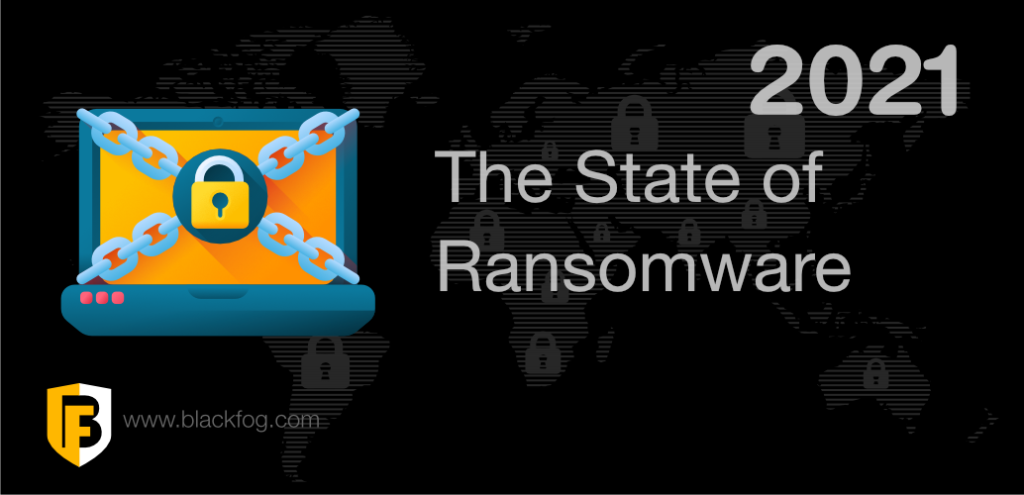
researchHQ Key Takeaways:
- New security policies will allow highly regulated industries to shift to hybrid cloud deployments.
- AI and automation will aid in the transition and management of applications in hybrid cloud environments.
- Open-source tools help to reduce the learning curve for developers when implementing a unified hybrid cloud deployment.
- Technologies such as 5G will push more workloads onto intelligent edge devices, enabling enterprises to process more data quickly and securely.
A year ago, few businesses could have anticipated the dramatic changes that 2020 had in store for them. By the end of March, the COVID-19 pandemic had disrupted operations worldwide, forcing businesses to quickly adapt their technology infrastructures to accommodate all or most of their workforces remotely and cope with unprecedented levels of long-term uncertainty. For many businesses, re-vamping IT infrastructure has been a key to survival.
For many organizations, that meant accelerating plans to move additional workloads to the cloud by adopting a hybrid cloud environment. As companies make their digital transformations, they are realizing the value of hybrid cloud environments and how to get the best out of each cloud solution.
Although businesses are still dealing with high levels of unpredictability heading into 2021, several trends that emerged this year enable us to make some predictions about what to expect in the coming year. 2020 ushered in new needs for technology, with the pandemic prompting businesses to consider a number of challenges related to growing hybrid cloud use, including:
- Wider adoption and experimentation of new security technologies, including Confidential Computing, quantum safe encryption and fully homomorphic encryption.
- AI automation making the shift to hybrid cloud faster and easier.
- The integration of many clouds and on-premise systems into a single hybrid platform
- The ability to leverage hybrid cloud to push more workloads onto intelligent edge devices.







